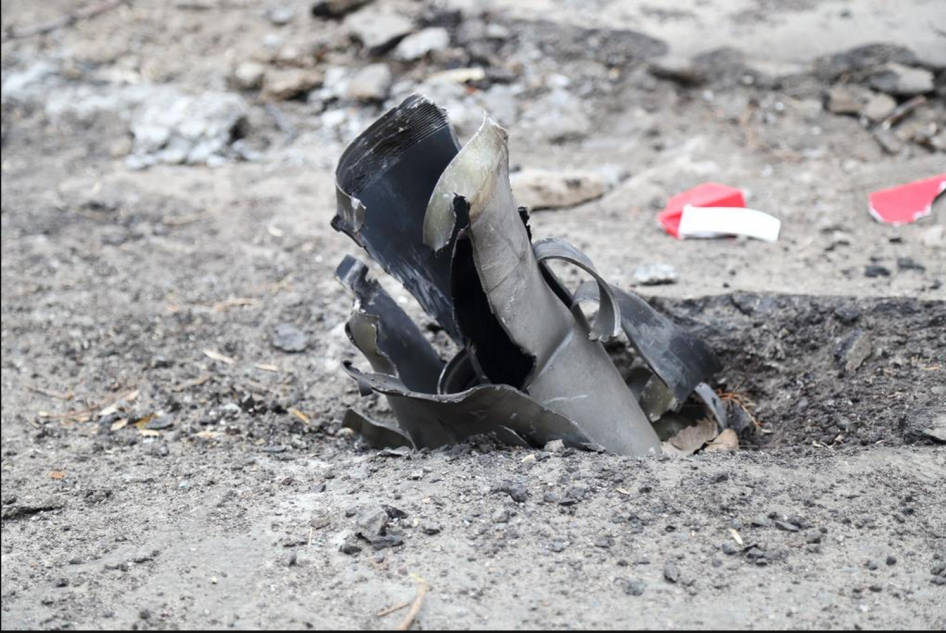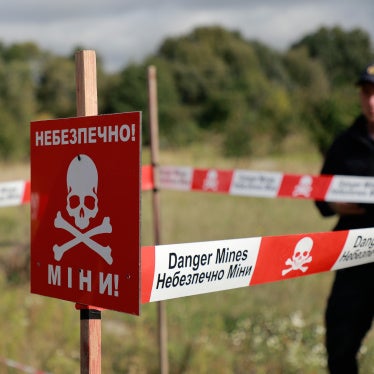As fighting has flared up between government forces and Russia-backed separatists in eastern Ukraine over these past two days, we have spoken to people trapped on both sides of the line of contact.
“Here we go again,” groans a friend in separatist-controlled Donetsk. “Just as you get used to the relative quiet, it’s Groundhog Day all over again: sirens, explosions … The Grad rockets are back after all these months, can you imagine?”
While we’re still talking, my Facebook messenger pings – it’s an acquaintance from Avdiivka, a small government controlled town just 15 kilometers northwest of Donetsk…
“All hell’s breaking loose here. No electricity, no water, and those explosions coming in waves. And it’s the Grads too. Once you get to know them, you cannot confuse them with anything else.”
I ask my interlocutors if the alleged Grad fire is incoming or outgoing and they say it seems to be going both ways.
Indeed, unguided Grad rockets, often fired in salvos, make a very distinctive low rumble. Within seconds, a Grad rocket launcher can fire off its 40 rockets, raining them down like hail (no wonder they’re called Grad – hail in Russian). Those who were in a Grad attack even once aren’t likely to forget it.
Grads are notoriously indiscriminate. Once fired, these unguided rockets can land anywhere within a rectangle of approximately 54,000 square meters, which is about the area of seven-and-a-half football fields. The most common type contains approximately 6.4 kilograms of high explosive to produce some 3,150 fragments. These fragments can then kill or maim for a radius of twenty-eight meters.
In other words, a nasty, imprecise weapon. Between summer 2014 and spring 2015, Human Rights Watch extensively reported Grad use by Ukrainian government forces and Russia-backed separatists in densely populated areas and documented numerous cases in which civilians, including children, died in Grad attacks on the both sides of the contact line.
Now, for the first time in well over a year, we are getting reports of Grad use again from people on the ground, and we can see postings about Grads on social media. We are not yet in a position to confirm and document specific attacks. And though we are aware of several civilian casualties on the both sides of the contact line this week, we cannot establish whether those casualties resulted from Grad attacks. However, the communications we are receiving about resumed use of Grads by both sides raise serious concerns.
The fighting in eastern Ukraine is governed by the laws of war, which apply to all parties to the conflict. Under the laws of war, civilian harm cannot be disproportionate to the projected military gain, and the parties to the conflict are under obligation to do their utmost to minimize damage to civilians. Grad rockets cannot be targeted with sufficient precision to differentiate military targets, which may be attacked, from civilians and civilian structures, such as homes and schools not being used for military purposes, which are immune from attack. As such, their use in populated areas violates the laws-of-war prohibition against indiscriminate attacks.










